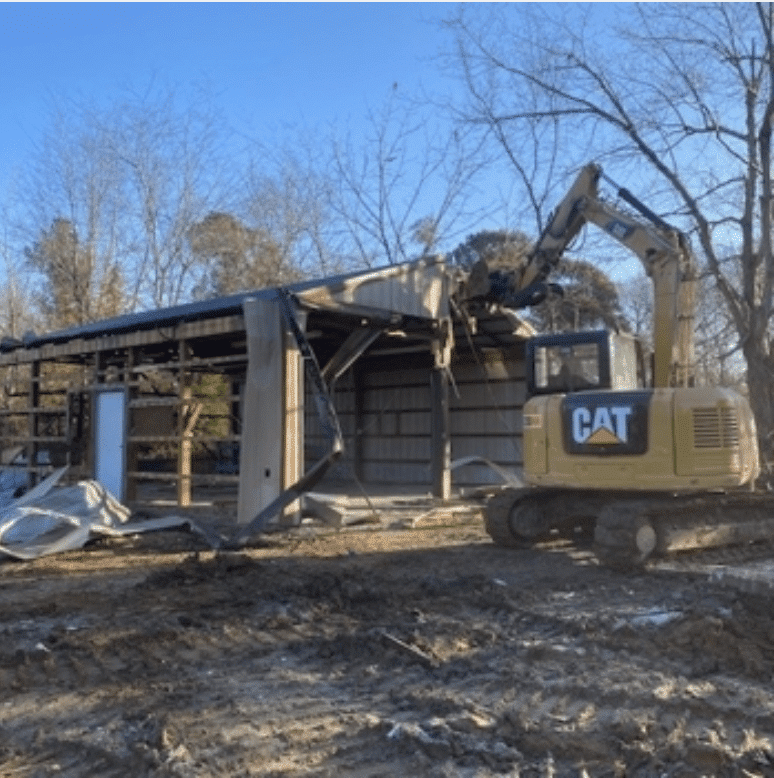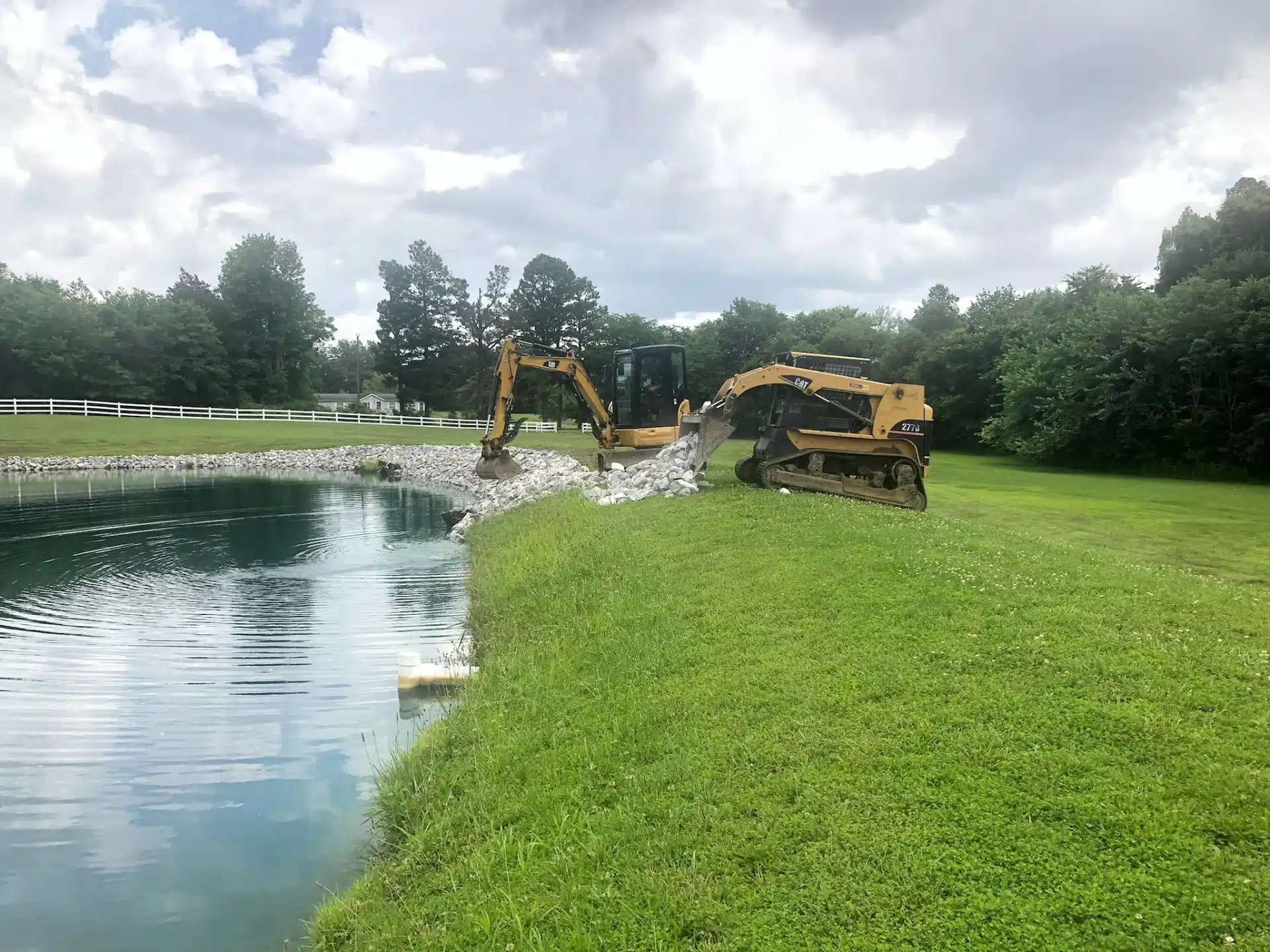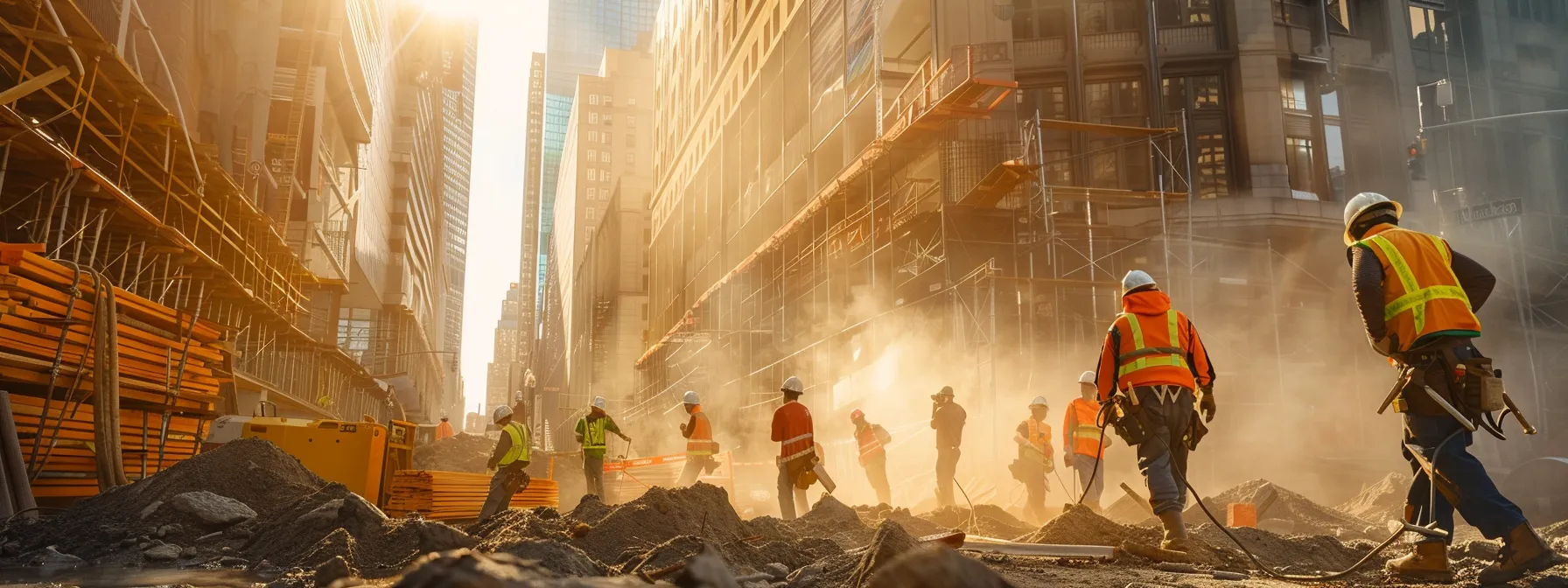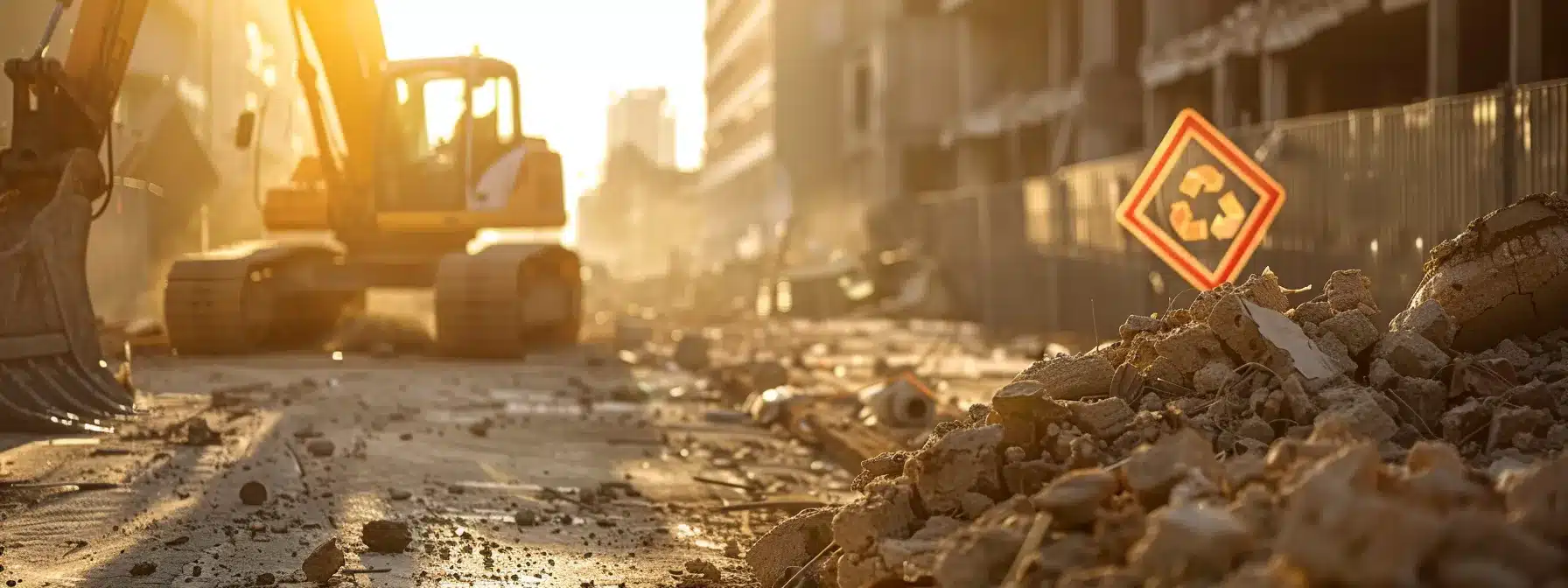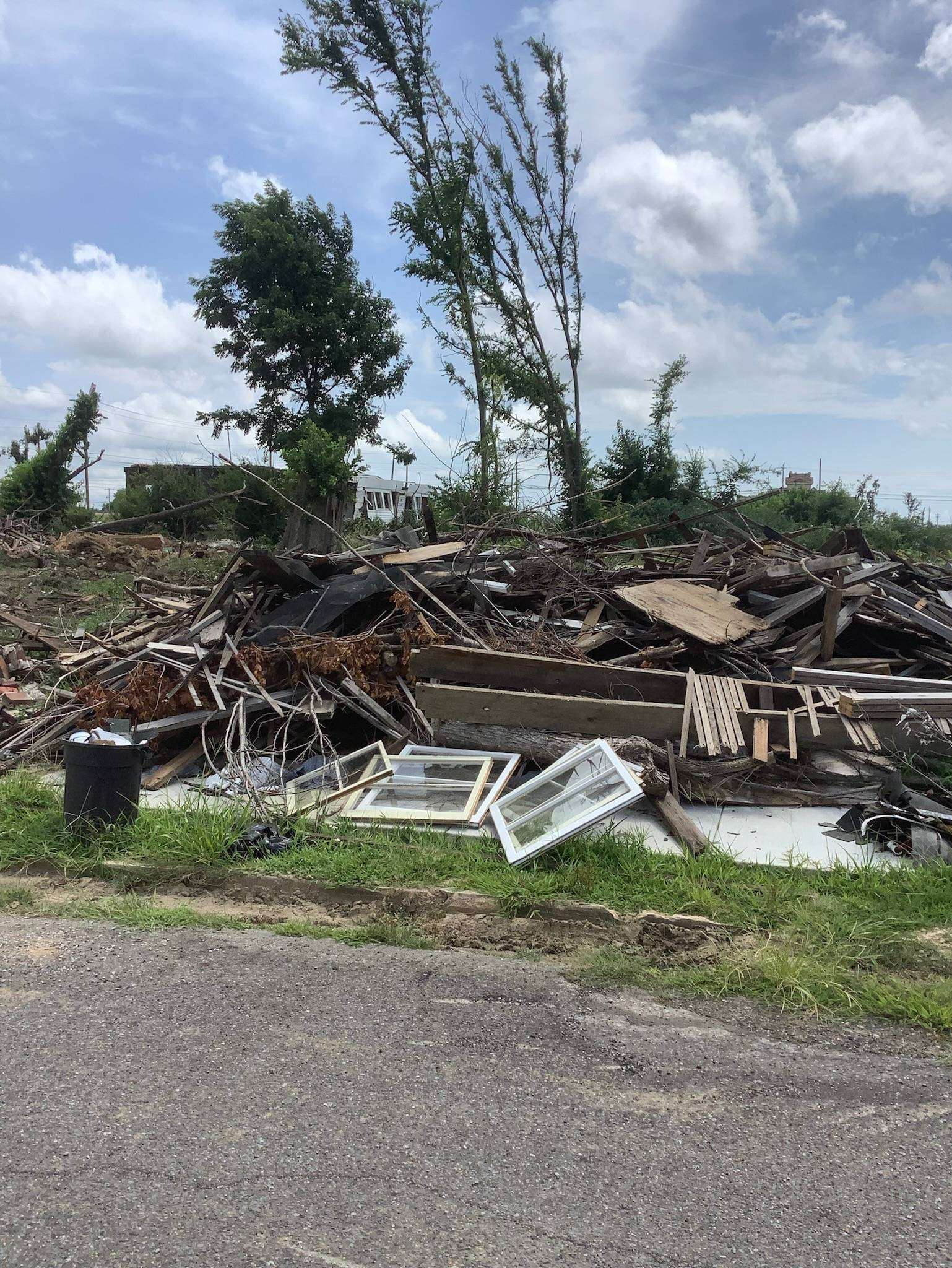Demolishing historical buildings requires a delicate balance between progress and historic preservation. Property owners must carefully select contractors who possess the expertise to handle these sensitive projects. The right demolition team will safeguard valuable information, respect the site’s historical significance, and navigate the complex intersection of construction and preservation regulations. In this article, we’ll explore essential tips for choosing the ideal contractor for your historical building demolition project. Keep reading to learn how to ensure your property’s legacy is honored while meeting your development goals.
Key Takeaways
- Verify contractor’s credentials and experience in historical building demolition projects
- Ensure comprehensive insurance coverage and understand how damages are handled
- Prioritize contractors with strong environmental sustainability practices and recycling methods
- Evaluate the contractor’s safety plan and track record with regulatory bodies
- Examine the proposed project timeline and assess the contractor’s flexibility for unexpected issues
Evaluate a Contractor’s Experience With Historical Sites
When dealing with buildings on the National Register of Historic Places or structures with historical significance, selecting a contractor with specialized experience is crucial. The right professional will navigate complex zoning regulations, preserve valuable architectural elements like the roof, and understand the unique challenges these projects present. They’ll also be familiar with the fee structures associated with historical demolitions. To ensure you’re working with a qualified contractor, you need to verify their credentials and examine their track record with similar projects.
Verify the Contractor’s License and Special Certifications
Before hiring a contractor for historical building demolition in Massachusetts, you must verify their license and special certifications. Check with your town’s building department to ensure the contractor holds the appropriate licenses and certifications required for working on historic structures within their jurisdiction.
Look for contractors who have completed specialized training in historical preservation techniques and hold certifications from recognized organizations. These credentials demonstrate their expertise in handling delicate materials, adhering to preservation guidelines, and coordinating with public utility companies during the demolition process.
Ask for a Portfolio of Past Demolition Projects on Historical Buildings
Request a comprehensive portfolio showcasing the contractor’s past demolition projects on historical buildings. This collection should include detailed photographs, project descriptions, and information about any challenges faced during the demolition process, such as adhering to strict regulations or preserving specific architectural elements like historic walls. Pay close attention to how the contractor handled waste management and general site safety during these sensitive projects.
Examine the portfolio for evidence of the contractor’s ability to navigate complex insurance requirements associated with historical building demolitions. Look for examples of projects where they successfully coordinated with local authorities, preservation societies, and other stakeholders to ensure compliance with all applicable regulations while maintaining the integrity of surrounding historical structures.
Check for Comprehensive Insurance Coverage and Bonds
When selecting a contractor for historical building demolition, verifying comprehensive insurance coverage and bonds is paramount. This step safeguards your project against potential risks and ensures compliance with local regulations. A reputable contractor should provide proof of liability insurance and worker’s compensation, which are essential for protecting both the property owner and workers on site. Additionally, you should discuss how the contractor handles damages to nearby properties or artifacts, as historical sites often require special considerations. Understanding these aspects of insurance and risk management is crucial, much like how an architect must consider structural integrity or how information technology experts must account for data security. Just as water transport requires careful navigation, managing a historical demolition project demands a thorough understanding of the insurance landscape to ensure smooth sailing throughout the process.
Insist on Seeing Proof of Liability Insurance and Worker’s Compensation
Request proof of liability insurance and worker’s compensation from your contractor before starting any historical building demolition project. Verify that their policy covers potential damages to nearby dwellings and structures, as well as injuries to workers on site. Ensure the coverage extends to any temporary fencing or barriers used during the demolition process.
Examine the contractor’s insurance documents to confirm they include provisions for recycling and proper disposal of historical materials. This coverage should also encompass any unexpected issues that may arise during the renovation or demolition of the historical structure. By insisting on comprehensive insurance coverage, you protect yourself and your project from potential financial and legal risks.
Discuss How They Handle Damages to Nearby Properties or Artifacts
Inquire about the contractor’s protocol for addressing damages to adjacent properties or historical artifacts during demolition. Ask how they handle community concerns and potential compensation, including whether they offer any form of donation or restitution for unintended impacts.
Discuss their approach to employment practices and safety measures to prevent damage in the first place. Ensure they have a secure https-enabled system for documenting and reporting any incidents, as well as a clear process for damage assessment and fair payment resolution.
Assess Their Approach to Environmental Sustainability
When evaluating contractors for historical building demolition, their approach to environmental sustainability is crucial. A responsible contractor will prioritize deconstruction methods that maximize material reuse and recycling, potentially offering tax benefits for salvaged items. They should demonstrate a commitment to minimizing environmental impact through careful planning and execution, including strategies to reduce dust, noise, and disruption to neighboring properties. Look for contractors who document their sustainability practices, from plumbing removal to debris management, and are prepared to address concerns in public hearings. By choosing a contractor with a strong environmental focus, you ensure that your project not only preserves history but also protects the future.
Inquire About Recycling Practices for Materials Removed From the Site
Ask the contractor about their recycling practices for materials removed from historical demolition sites. Inquire about their procedures for energy conservation during the recycling process and how they handle potentially hazardous materials like asbestos. Request a detailed FAQ about their recycling methods and the potential for reusing salvaged materials in other projects.
Discuss the contractor’s system for documenting recycled materials and providing receipts for tax purposes. Inquire about their advertising efforts to connect salvaged historical materials with potential buyers or preservationists. Ensure they have a clear plan for maximizing the recycling potential of each demolition project while maintaining compliance with local regulations.
Ensure They Have Plans to Minimize Dust, Noise, and General Disruption
Request detailed plans from the contractor on how they will minimize dust, noise, and general disruption during the historical building demolition. Ensure their strategies align with local building codes and energy management practices, including measures to protect nearby trees and vegetation.
Ask about their appeal process for addressing community concerns and their methods for communicating project updates to neighbors. Inquire about their use of advanced dust suppression techniques and noise reduction equipment to maintain a respectful environment throughout the demolition process.
Understand Their Safety Protocols for Sensitive Demolitions
Prioritize safety when selecting a contractor for historical building demolition. Seasoned professionals understand the unique challenges of working around landmarks, from preserving intricate porch details to protecting adjacent sidewalks. Request a comprehensive safety plan tailored to your project, ideally in PDF format for easy reference. This plan should address specific concerns related to the building’s age and structural integrity. Additionally, investigate the contractor’s track record with OSHA or similar regulatory bodies to ensure they have a history of safe practices when handling sensitive demolitions. By thoroughly vetting their safety protocols, you safeguard not only the workers but also the surrounding historical context.
Review Their Safety Plan Specifically Tailored for Your Project
Request a detailed safety plan from the contractor that specifically addresses the unique challenges of your historical building demolition project. Ensure the plan covers potential hazards related to the structure’s age, including outdated electrical systems, weakened support beams, and the presence of hazardous materials like asbestos or lead paint. Look for provisions that address the protection of any garage structures or stormwater management systems on the property.
Verify that the safety plan includes input from a qualified engineer and outlines procedures for securing necessary bonds and permits. The plan should detail how the contractor will comply with court-mandated safety regulations and local preservation ordinances. Pay special attention to protocols for protecting workers and preserving any historically significant elements during the demolition process.
Check Their Track Record With OSHA or Similar Regulatory Bodies
Investigate the contractor’s history with OSHA or similar regulatory bodies to assess their commitment to safety in historical demolitions. Review their records for any violations related to fire safety, soil contamination, or health hazards specific to older buildings. Check if they have experience managing risks associated with lead paint removal or asbestos abatement in historic structures.
Examine how the contractor has addressed past safety concerns and implemented corrective measures. Look for evidence of their proactive approach to risk management, such as regular safety training for workers and proper maintenance of equipment used in sensitive demolitions. Verify their compliance with regulations regarding the safe removal and disposal of materials from historic sheds or outbuildings on the property.
Scrutinize Their Project Timeline and Flexibility
When evaluating contractors for historical building demolition, carefully examine their proposed project timeline and assess their flexibility. Ask for a detailed schedule that outlines each phase of the demolition process, including any necessary permits, building inspections, and coordination with local authorities. Ensure the timeline accounts for potential delays due to unforeseen circumstances or discoveries during the demolition of the historic structure.
Inquire about the contractor’s ability to adapt to changes in the project scope or timeline. Discuss how they handle unexpected issues that may arise during the demolition, such as the discovery of hidden structural elements or the need to preserve certain architectural features. Consider how their flexibility might impact the property tax assessment of the site during and after the demolition process.
Review the contractor’s policies regarding progress payments and final invoicing. Understand how they structure their billing in relation to project milestones and completion of specific tasks. Ensure their payment terms align with local laws governing construction contracts and historical preservation projects.
Discuss the contractor’s approach to worker welfare and how it might affect the project timeline. Inquire about their policies for ensuring safe working conditions, particularly when dealing with potentially hazardous materials common in older buildings. Consider how their commitment to worker safety and well-being might influence the overall duration and cost of the historical building demolition project.
Conclusion
Selecting the right contractor for historical building demolition requires careful evaluation of their experience, credentials, and approach to preservation. A qualified professional will navigate complex regulations, prioritize safety, and implement sustainable practices while respecting the site’s historical significance. Verify comprehensive insurance coverage, examine past projects, and scrutinize safety protocols to ensure a successful demolition process. By choosing a contractor who balances expertise with environmental responsibility, you protect both the past and the future of your community’s architectural heritage.


